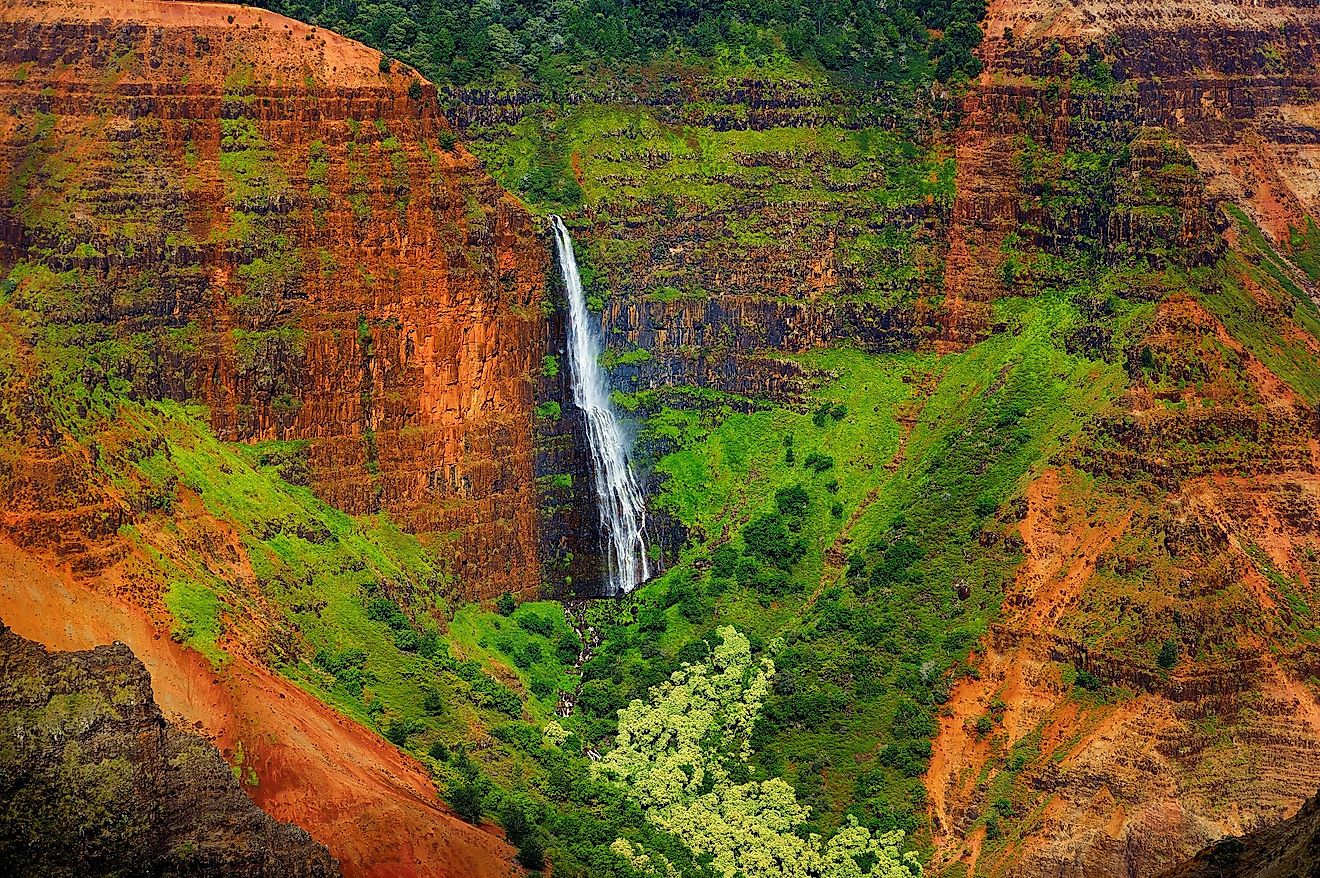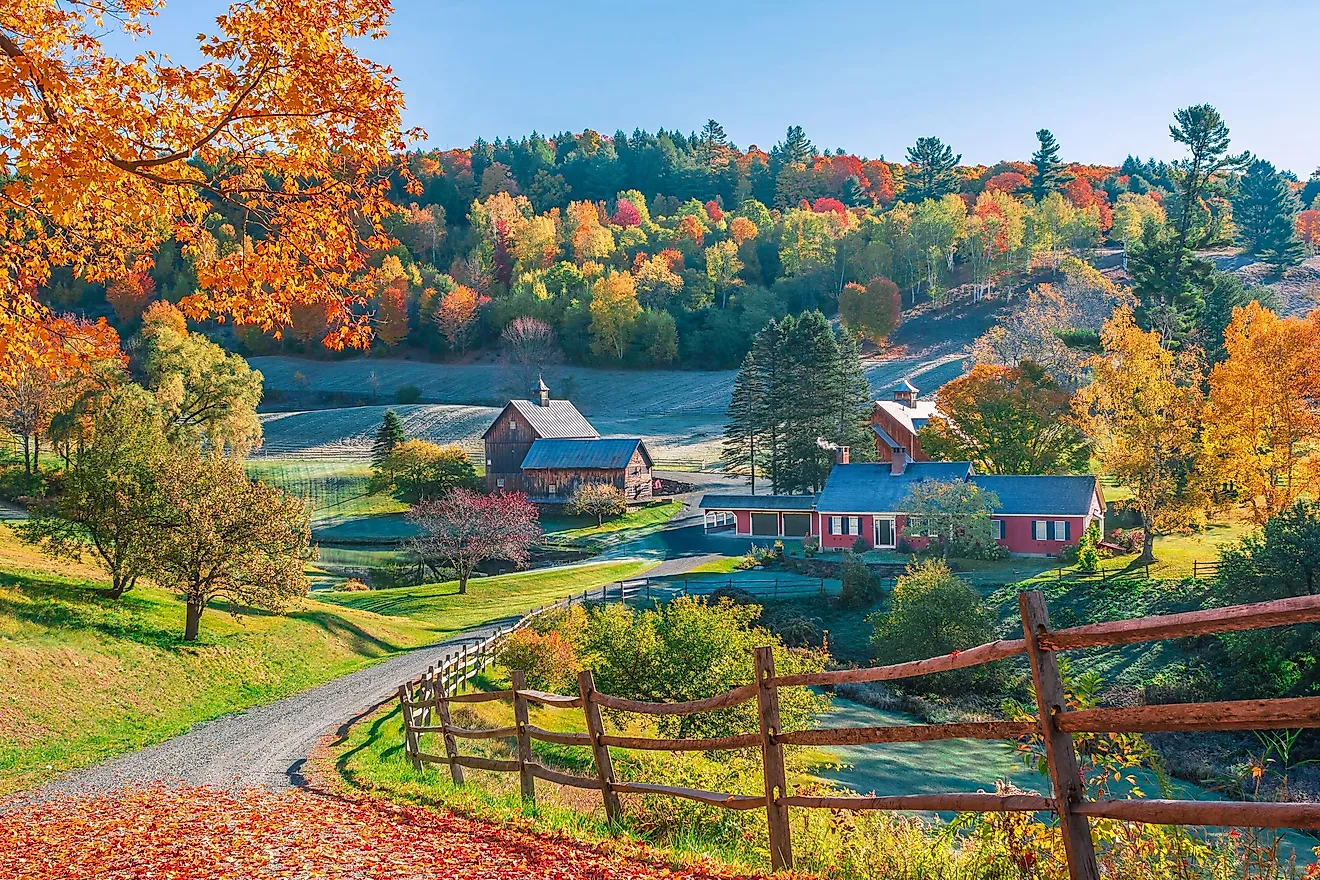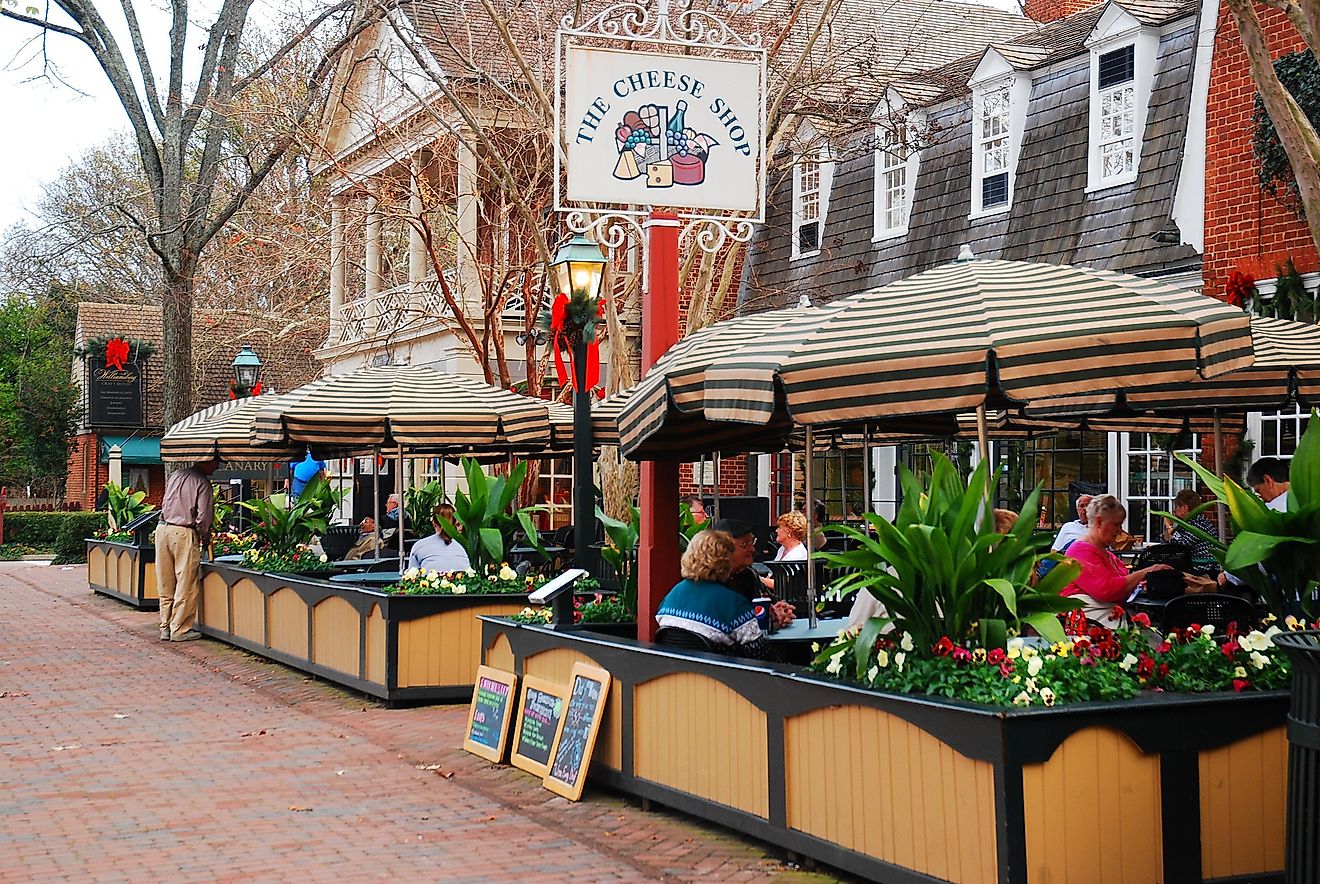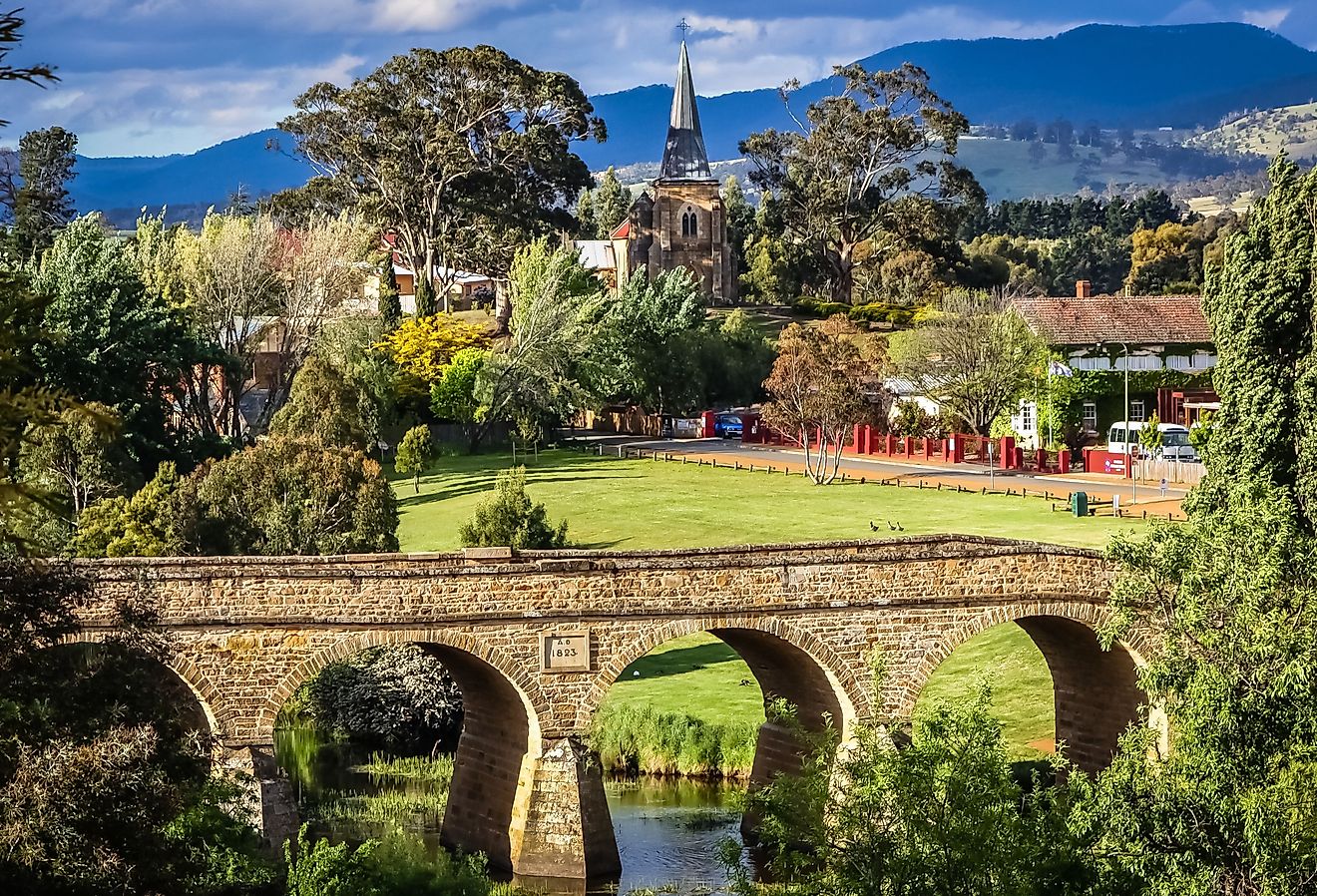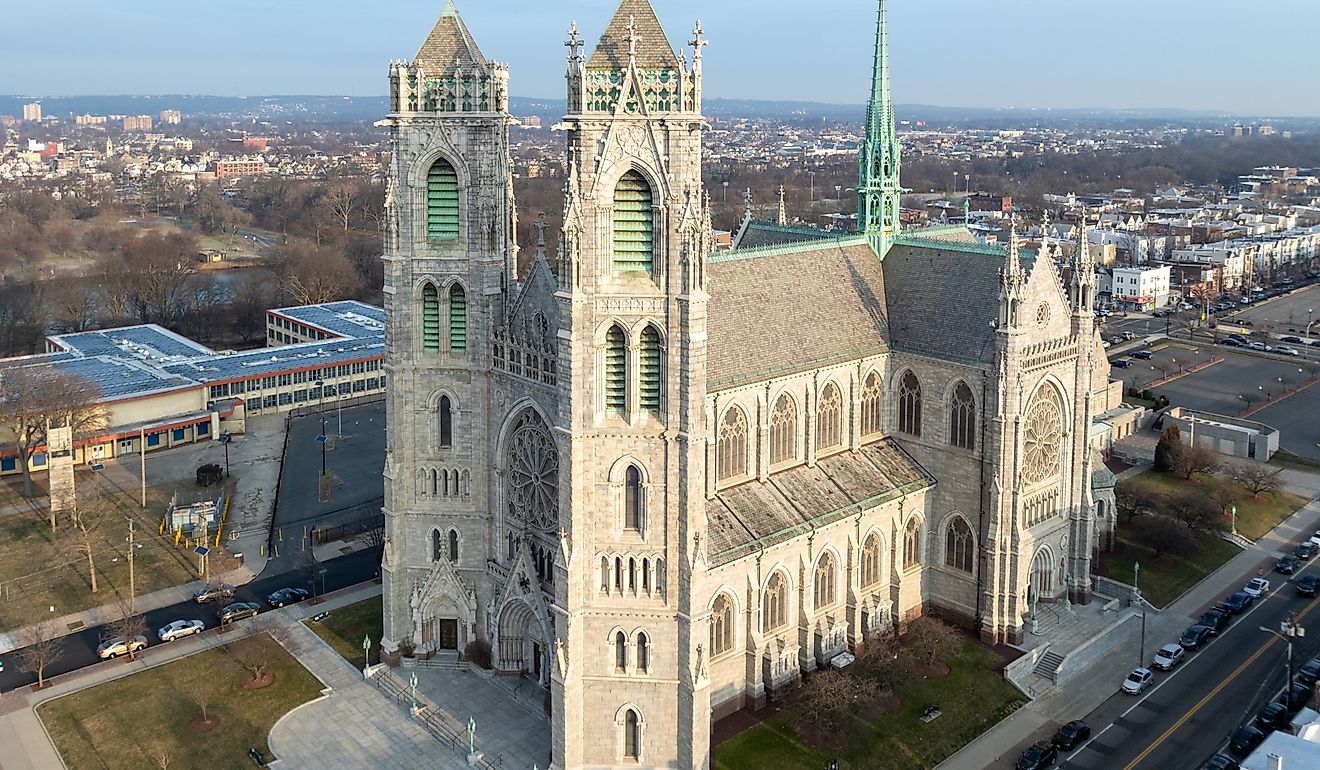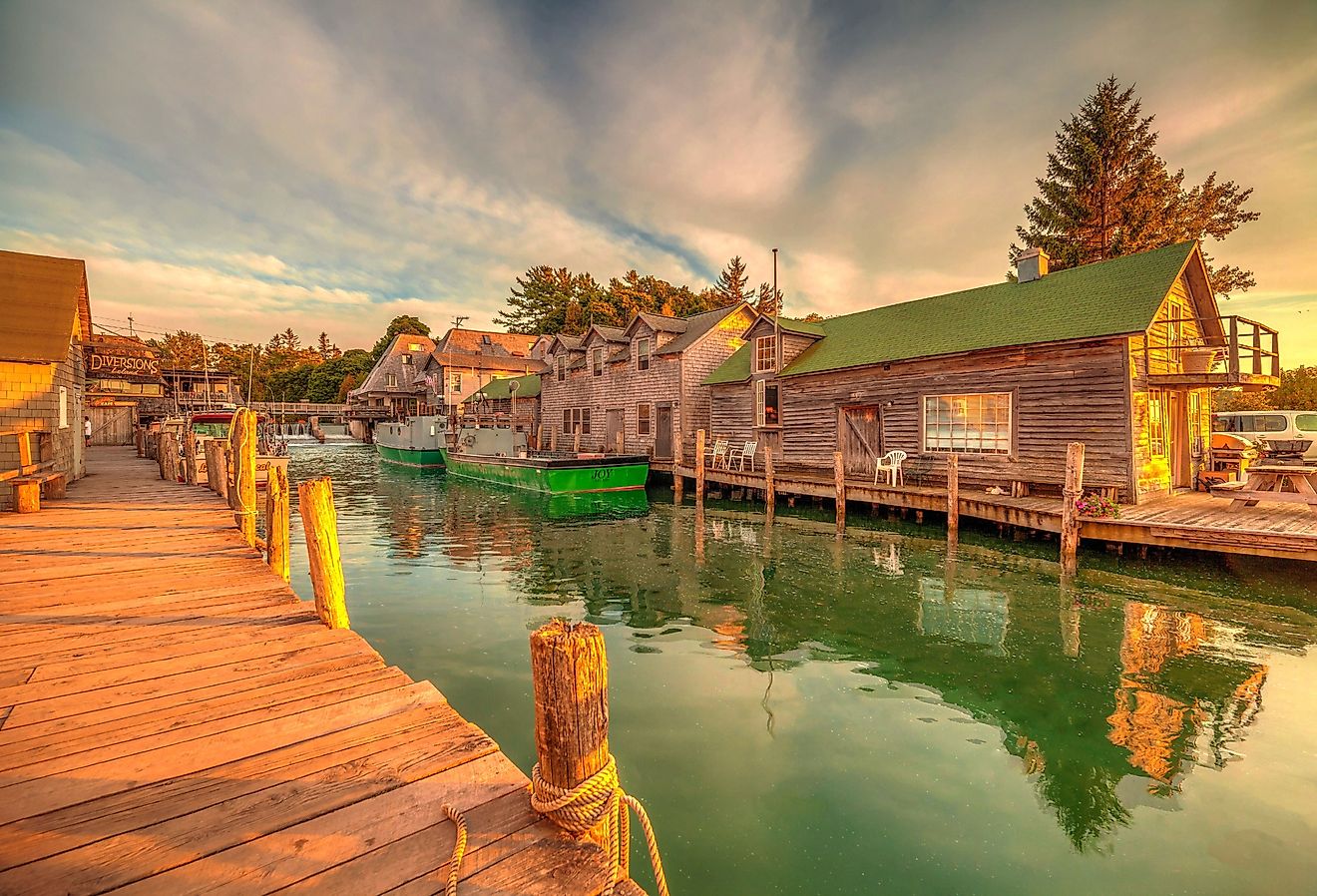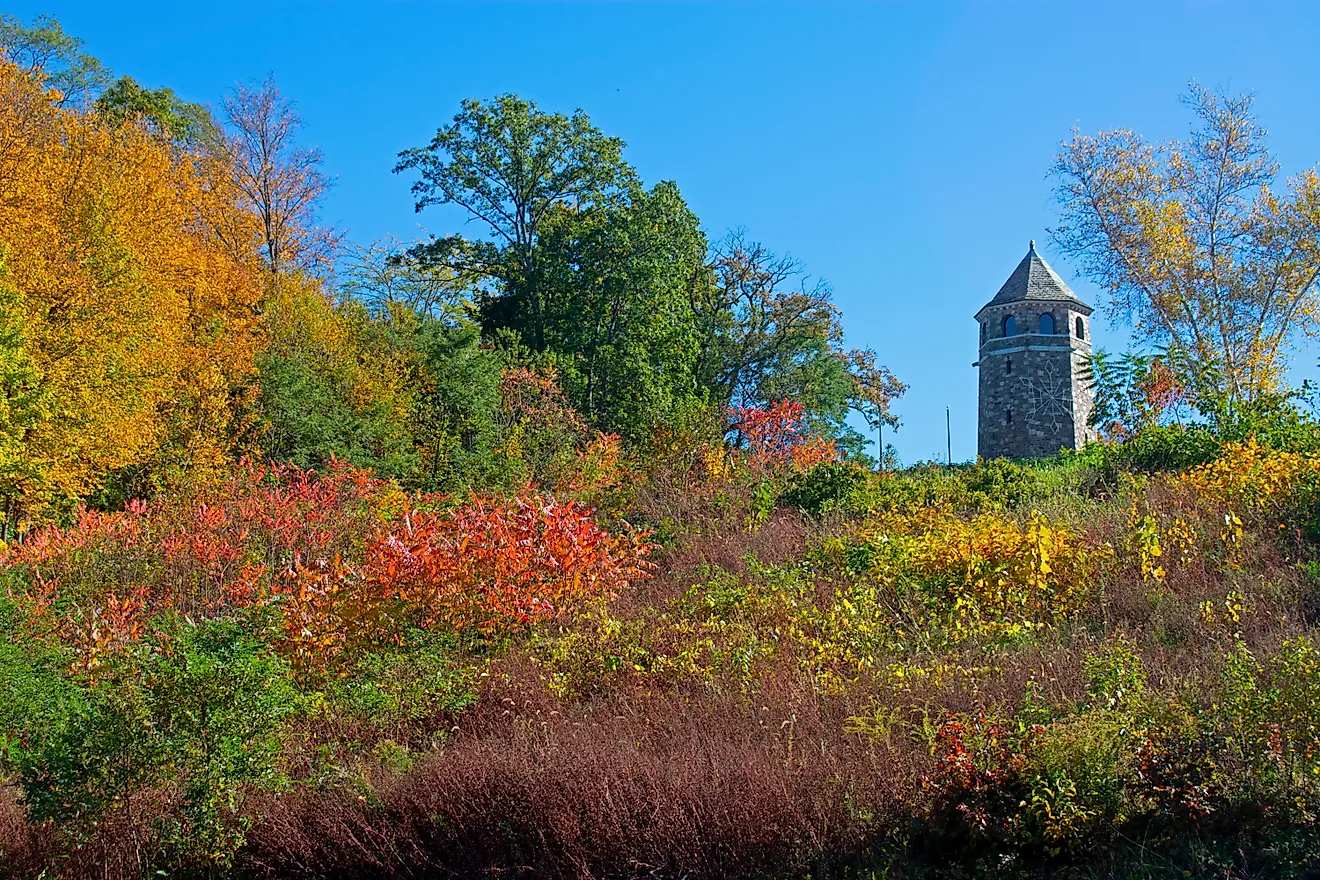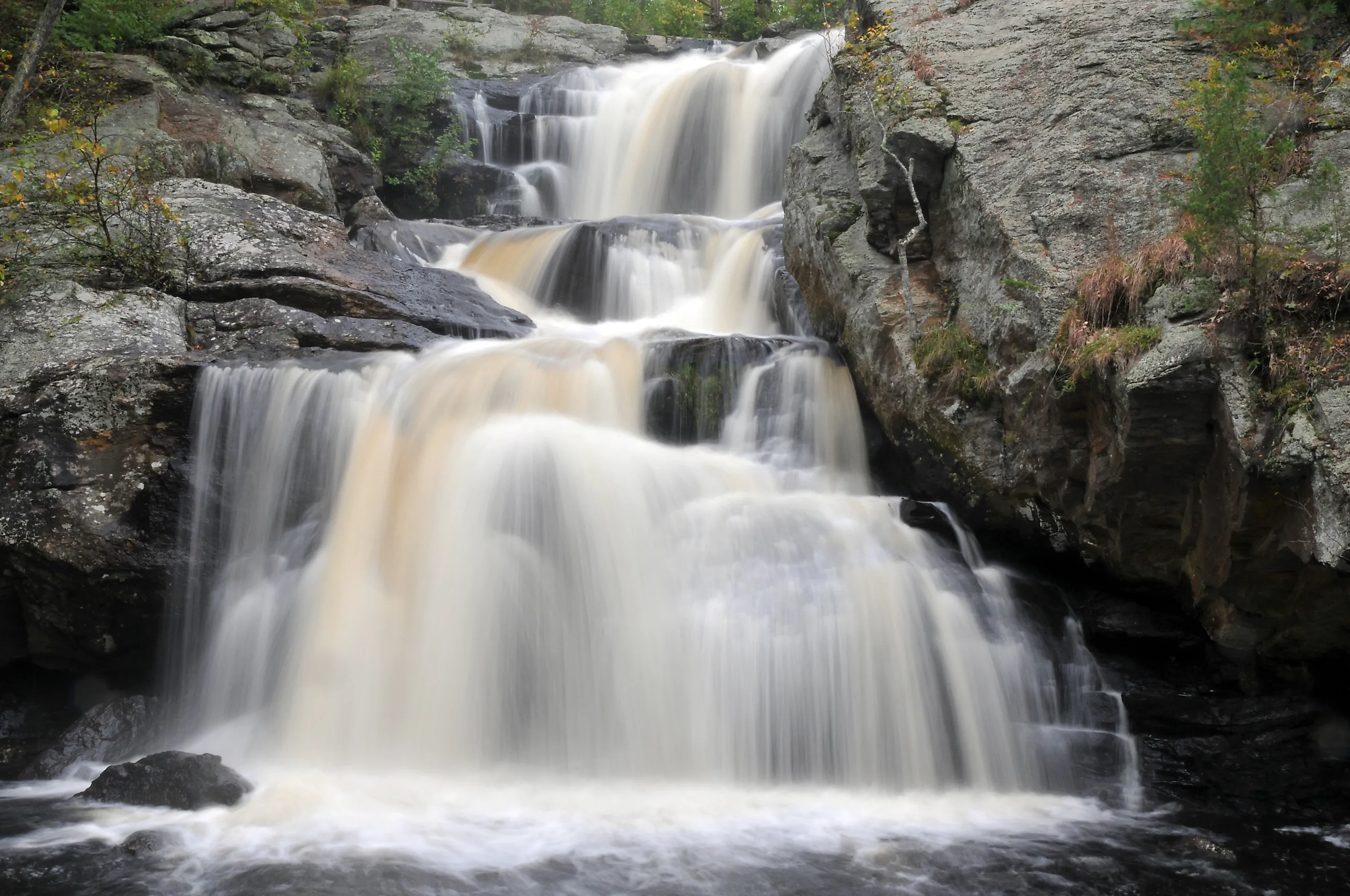
6 Best Natural Wonders To Visit In Connecticut This Year
Connecticut may be one of the smaller states in the country, but it is filled with stunning natural landscapes that highlight New England’s beauty. From plunging waterfalls and dramatic cliffs to peaceful rivers and forested trails, the Nutmeg State is a haven for outdoor lovers. Each season adds its own charm, but knowing when to go makes the experience even more memorable. Here are six natural wonders you will want to see in Connecticut this year.
Kent Falls State Park
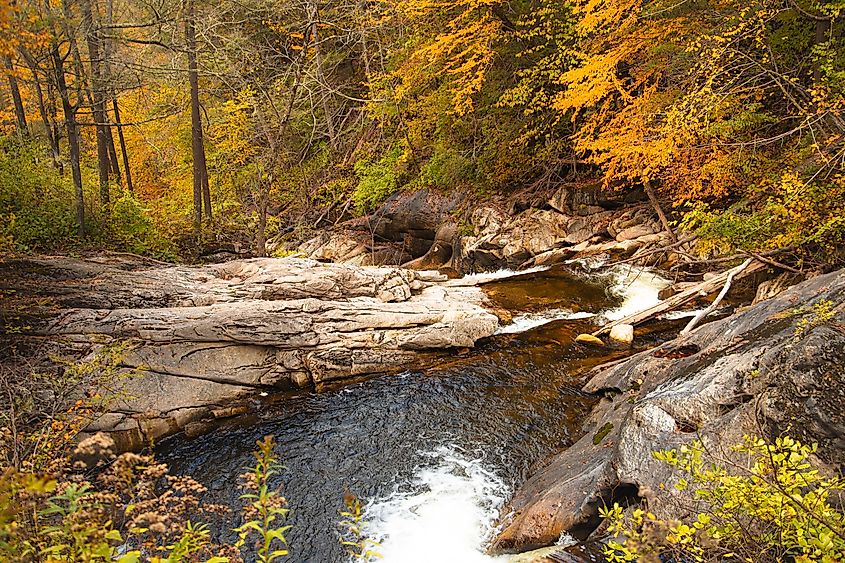
Step onto the covered bridge, follow the trail beside the falls, and feel the cool spray as water plunges 250 feet before merging with the Housatonic River. From its headwaters in Warren, Falls Brook flows west to the great plunge of nearly 70 feet, then tumbles through a series of cascades on its way to the valley below. Known to Native Americans as Scatacook, the site was once a popular spot for fishing and camping. Mills later lined the brook in colonial times. The park itself was created in 1919, when Alain C. White, through the White Memorial Foundation, donated 200 acres to the state.
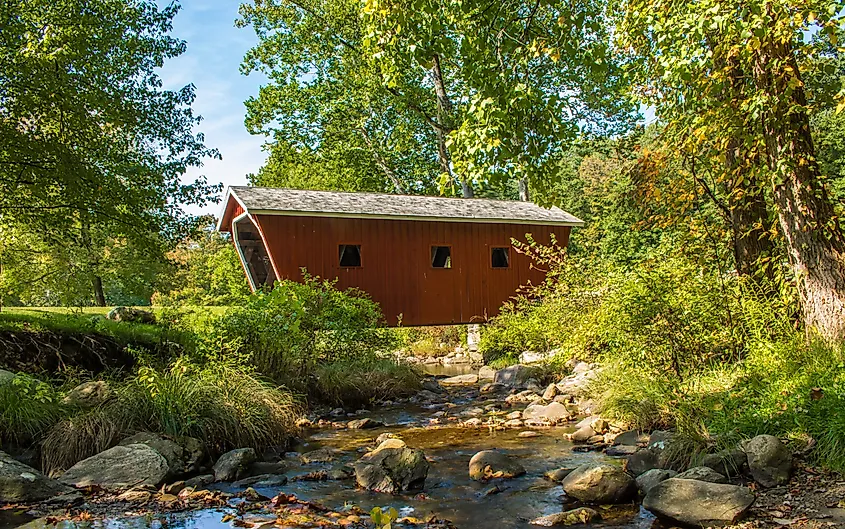
Kent Falls soon became one of Connecticut’s crown jewels, with improvements over the decades, including observation platforms built in 2006 and trails restored by earlier conservation programs. Each season offers its own unique spectacle: the roaring spring melt, lush summer greens, vibrant autumn foliage, and serene winter beauty, all without the crowds.
Sleeping Giant State Park
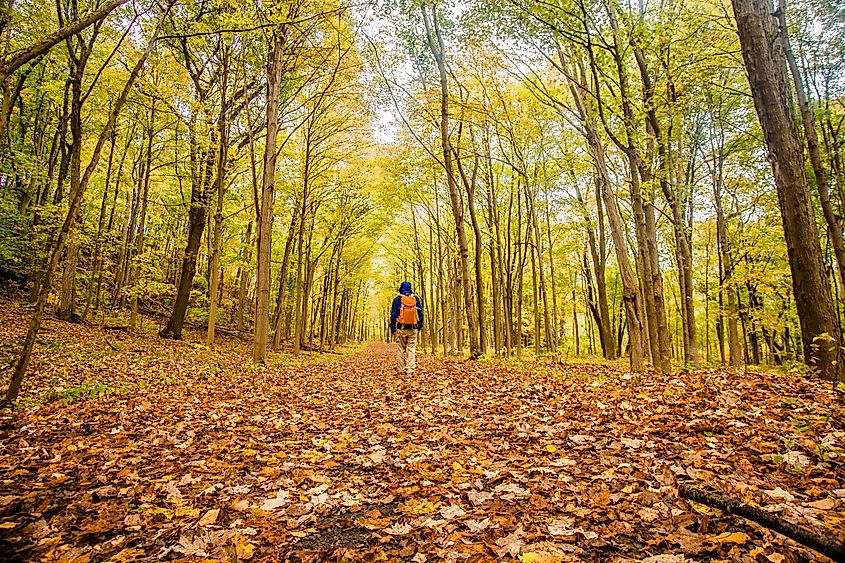
Rising above Central Connecticut, Sleeping Giant State Park is named for the two-mile traprock ridge whose peaks resemble the outline of a massive figure resting on the horizon. The ancient magma formations form distinct features—head, chin, chest, hip, knee, and feet—that make the Giant a landmark visible across the region. Covering 1,439 acres, the mountain is cloaked in dense forest that dazzles in every season, especially during autumn. Popular for its sweeping views, cliffside trails, caves, and fishing spots, the park often reaches capacity on busy days. Once threatened by quarrying, efforts to protect its unique profile led to the park’s establishment.
The land is also rooted in Native tradition. According to legend, the spirit Hobbomock diverted the Connecticut River in anger, and Keitan, a benevolent spirit, punished him by casting him into an endless sleep beneath the traprock ridge, creating the Sleeping Giant seen today.
Devil’s Hopyard State Park
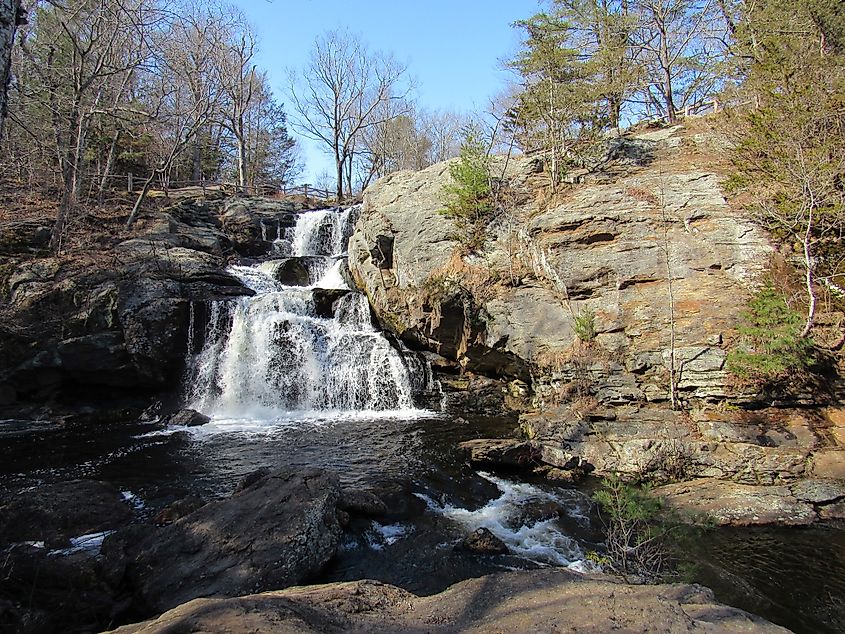
Devil’s Hopyard State Park in East Haddam centers around Chapman Falls, where the Eightmile River plunges more than 60 feet over terraces of Scotland schist. Spanning 1,000 acres, the park invites visitors with trails, fishing streams, picnic areas, cycling routes, and campsites, all managed by the Connecticut Department of Energy and Environmental Protection. History runs deep here—the site once hosted Beebe’s Mills, powered by the falls until the 1890s, and in 1775, the Sons of Liberty attacked a loyalist mill nearby. A fragment of that millstone, found in 2002, is displayed with interpretive signs.
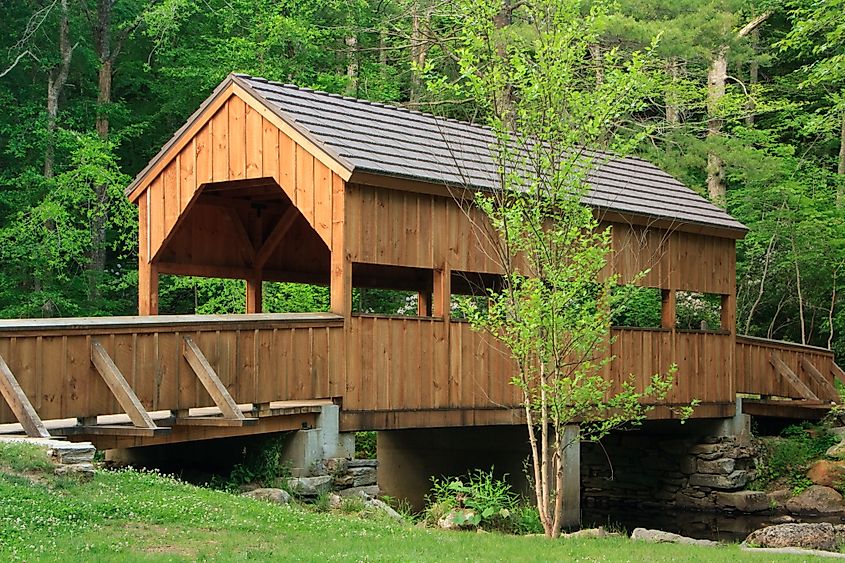
The name “Devil’s Hopyard” stems from early hop fields and legends surrounding natural potholes near the falls, with tales ranging from a farmer named Dibble to more mysterious origins. Highlights include Vista Point’s cliffs rising to 175 feet, smaller cascades, and historic bridges. The best time to visit is spring, when snowmelt swells the river and Chapman Falls roars with power.
West Rock Ridge State Park
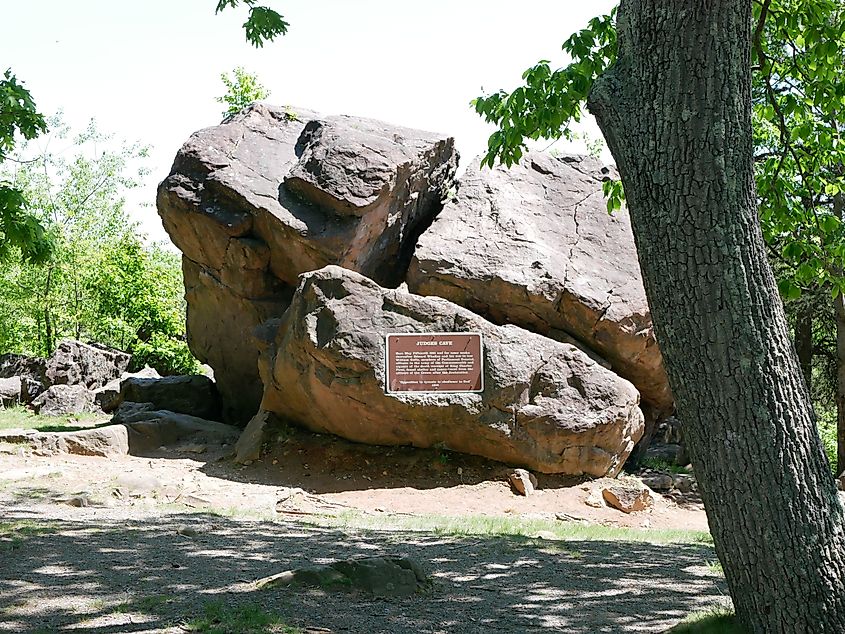
West Rock Ridge State Park extends across New Haven, Hamden, and Woodbridge, defined by its 400- to 700-foot trap rock ridge, part of the Metacomet Ridge system. It's seven miles of west-facing cliffs that reveal sweeping views of the New Haven region and beyond. Notable features include Judges' Cave, once the 17th-century refuge of regicide judges Edward Whalley and William Goffe, Lake Wintergreen, and the 7-mile Regicides Trail, which honors their history. The ridge, made largely of diabase, also houses Heroes Tunnel, carved through the rock to accommodate the Wilbur Cross Parkway.
The 1,700-acre park offers 21 miles of marked trails, including routes along the ridge, through forests, and around lakes. Popular spots such as the South Overlook provide views reaching Long Island Sound. Visitors enjoy hiking, horseback riding, fishing, cross-country skiing, and climbing. Established in 1826 and expanded over time, the park remains free to explore year-round, though the best time to visit is late spring through fall for clear skies, colorful foliage, and comfortable conditions.
Connecticut River
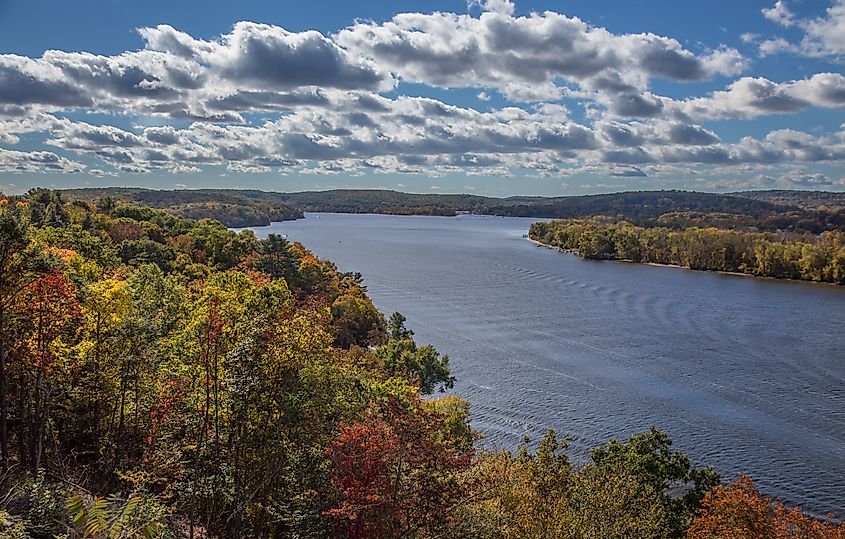
The Connecticut River, spreading 410 miles from the Canadian border to Long Island Sound, is New England’s longest waterway and a vital natural treasure. Once derided as America’s “best landscaped sewer,” it has undergone a dramatic revival, now supplying drinking water for millions and supporting recreation, fisheries, and wildlife. In 2012, it became the nation’s first and only designated National Blueway, a title reflecting its ecological and cultural importance, even though the program was later dismantled. Its watershed spans 400 communities with more than 2.4 million residents who depend on its resources and beauty.
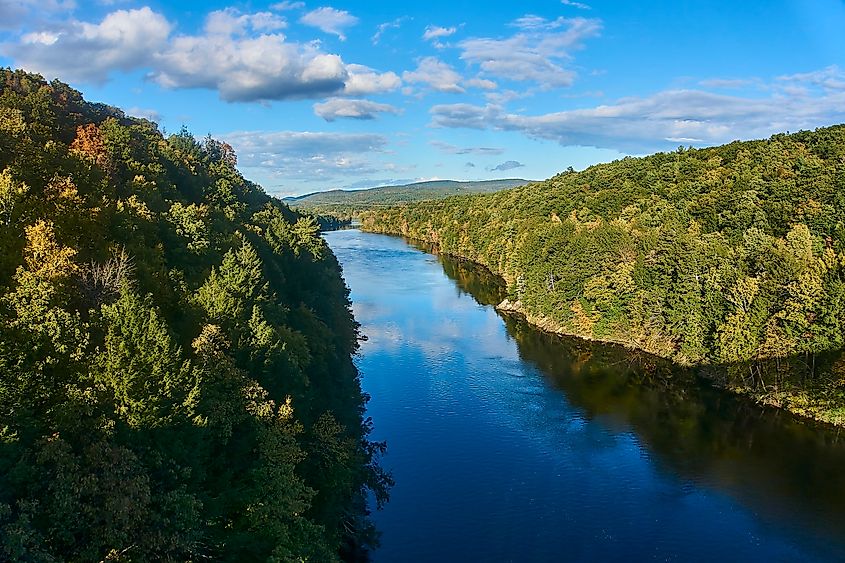
Boating, paddling, and fishing define much of the river’s appeal. Kayakers enjoy calm stretches, while tributaries like the Deerfield and Farmington offer whitewater adventures. Anglers find brook trout, American shad, striped bass, and even reintroduced Atlantic salmon. The Silvio O. Conte National Fish and Wildlife Refuge, covering 36,000 acres across four states, protects its varied habitats—from northern forests to coastal marshes—ensuring this vital river continues to thrive. The best time to visit is late spring through early fall for warm-weather activities and wildlife sightings.
Hammonasset Beach State Park
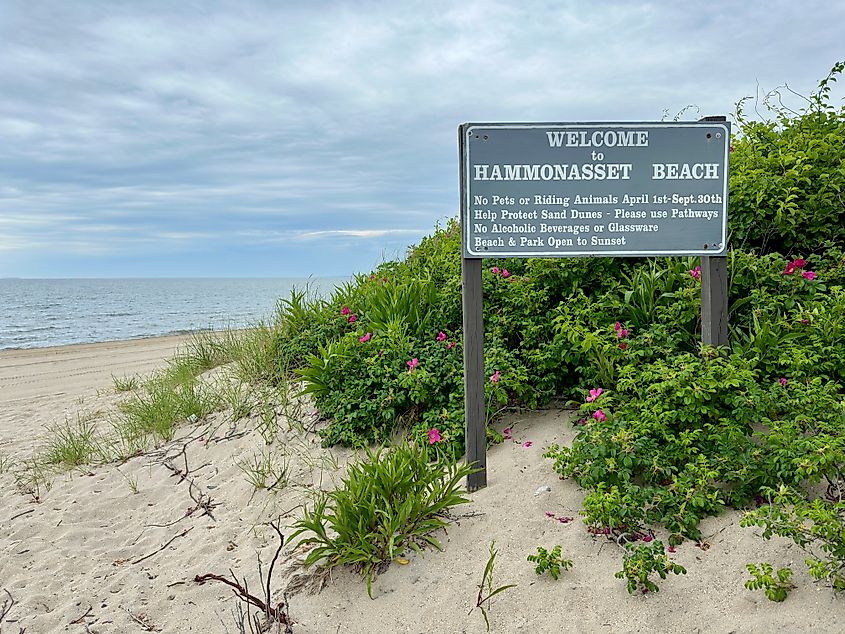
Hammonasset Beach State Park stretches along two miles of Long Island Sound in Madison, Connecticut, making it the state’s largest shoreline park. Established in 1919 with the purchase of 499 acres, the park quickly became a popular destination, drawing over 75,000 visitors in its first year and nearly 450,000 by 1924. Today, it welcomes roughly one million guests annually, offering beach activities, a large campground with 550 units, and access to the Meigs Point Nature Center. Managed by the Connecticut Department of Energy and Environmental Protection, the park remains a cornerstone of the state’s recreational offerings.
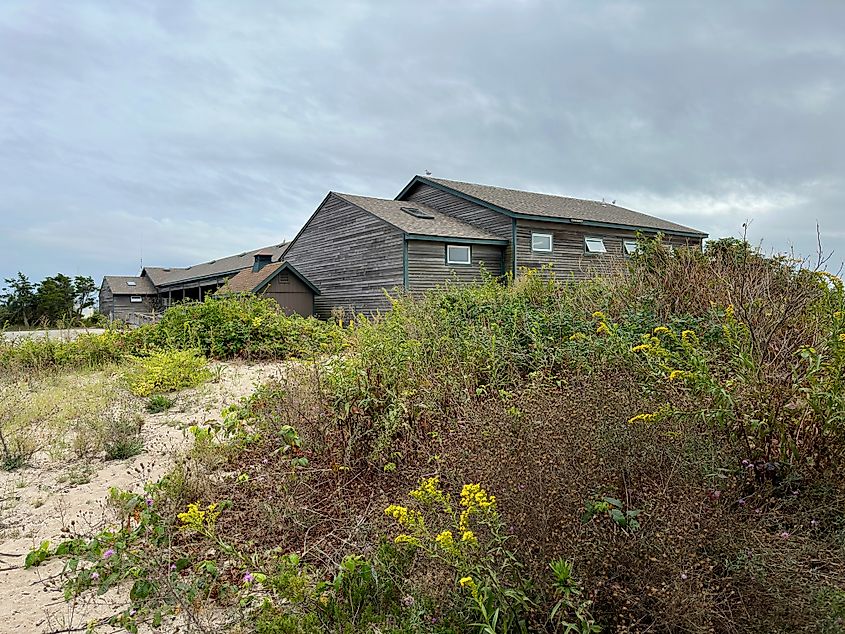
The Meigs Point Nature Center, rebuilt in 2016, features 4,000 square feet of exhibit space, an observation deck, and interactive experiences with live turtles, snakes, amphibians, crabs, and fish. Visitors can enjoy bicycling, hiking, boating, fishing, picnicking, and swimming, while the park’s long shoreline provides scenic views and ample opportunities to explore Connecticut’s coastal environment. The best time to explore is late spring through early fall for warm weather and clear beach days.
Connecticut’s Top Six Natural Wonders You Can’t Miss
Connecticut offers a remarkable array of natural wonders, from the cascading Kent Falls and the iconic Sleeping Giant to the powerful Chapman Falls at Devil’s Hopyard. Scenic ridges at West Rock, the meandering Connecticut River, and the sandy shores of Hammonasset Beach showcase the state’s diverse landscapes. Whether hiking, paddling, or simply enjoying the views, each destination highlights Connecticut’s beauty and history. Every season brings its own charm, ensuring these landscapes remain timeless places to explore.
